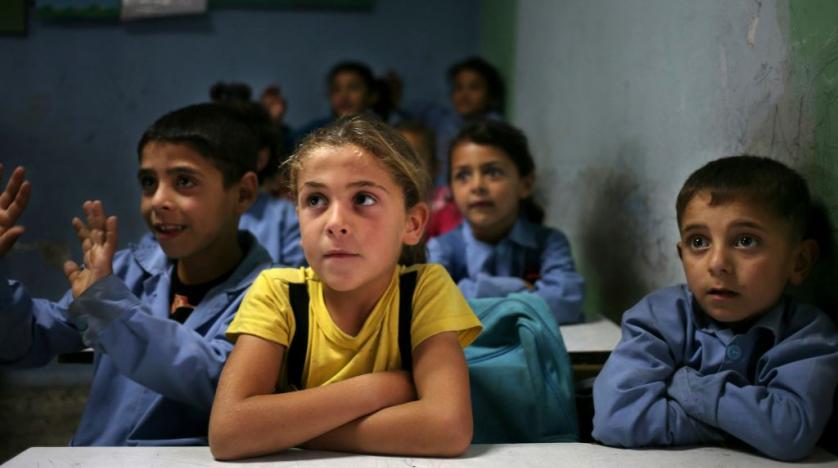The number of Syrian students enrolled in formal education in Lebanon is 213,358, of whom 59,149 study in the normal morning hours, and 154,209 attend school in the afternoon. This record – not found in any other country – reflects the size of Syrian refugees compared to to the population of Lebanon.
“Lebanese public schools receive the highest proportion of refugee students in the world compared to the population,” said Fadi Yaraq, Director General of the Ministry of Education.
The enrolment of Syrian pupils in public schools is supported by international donors, especially the European Union, the United States Agency for International Development (USAID), the British Department for International Development and many United Nations agencies, as part of the Ministry’s Education for All Children program, which was started in Lebanon in 2014.
“The education of Syrian students in Lebanon is funded by the European Union, Germany, Britain, Norway, France and the United States. The transfers are carried out through the Ministry of Education from UNICEF, the UNHCR and World Bank,” Yaraq noted.
“In the afternoon hours, around 14,328 employees work for the Syrian refugees, of whom 2,076 hold administrative posts, 9,124 are teachers, 1,051 are psychologists and counsellors, 364 are directors and 1,712 are supervisors,” he added.
He noted that Syrian students have registered remarkable successes in official examinations.
“Their results were slightly lower compared to those recorded by Lebanese students.”
“The first observation is that there is a disparity between the ages of Syrians within the same class,” said Fadia Wehbe, a specialist in psychology and a primary school teacher.
She told Asharq Al-Awsat that some students did not attend school for one or two years, which meant sending them to courses for literacy and reeducating them in general subjects. Those students were later evaluated and distributed according to their academic and scientific level.
“Despite the differences in age, a large percentage of students caught up on what they missed,” she added.
This article was edited by The Syrian Observer. Responsibility for the information and views set out in this article lies entirely with the author.


